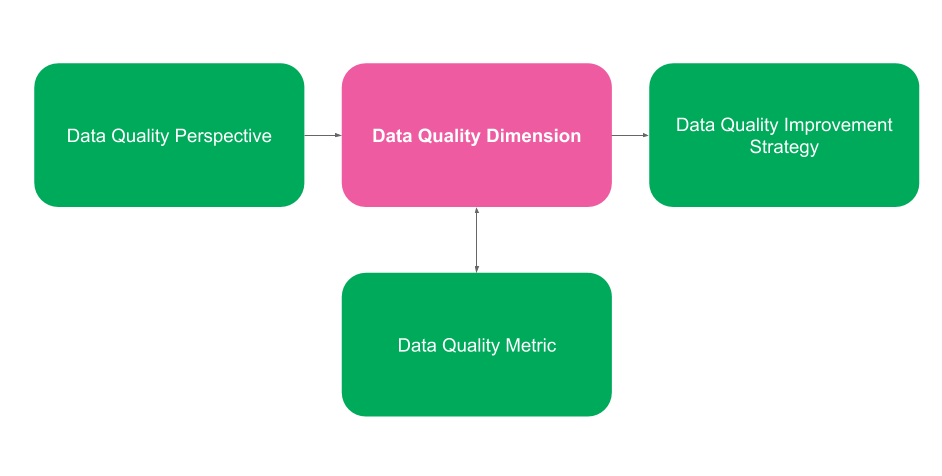Technology strategy
Big Data applied in sales process


val verificationResult = VerificationSuite()
.onData(data)
.addCheck(Check(CheckLevel.Error, "Testing our data")
.isUnique("date")) // should not contain duplicates
.run()
if (verificationResult.status != CheckStatus.Success) {
println("We found errors in the data:n")
}
val verificationResult = VerificationSuite()
.onData(todaysDataset)
.useRepository(metricsRepository)
.saveOrAppendResult(ResultKey(System.currentTimeMillis()))
.addAnomalyCheck(RelativeRateOfChangeStrategy(
maxRateDecrease = Some(0)),
Size())
.run()
if (verificationResult.status != Success) {
println("Anomaly detected in the Size() metric!")
}
Disclaimer: The statements and opinions expressed in this article are those of the author(s) and do not necessarily reflect the positions of Thoughtworks.
